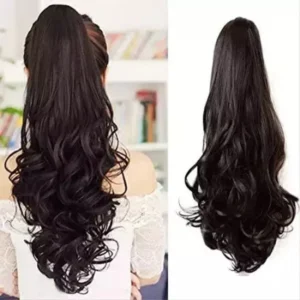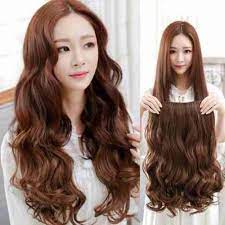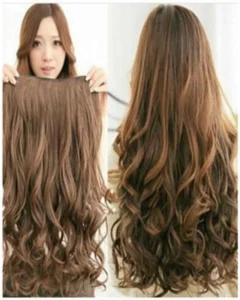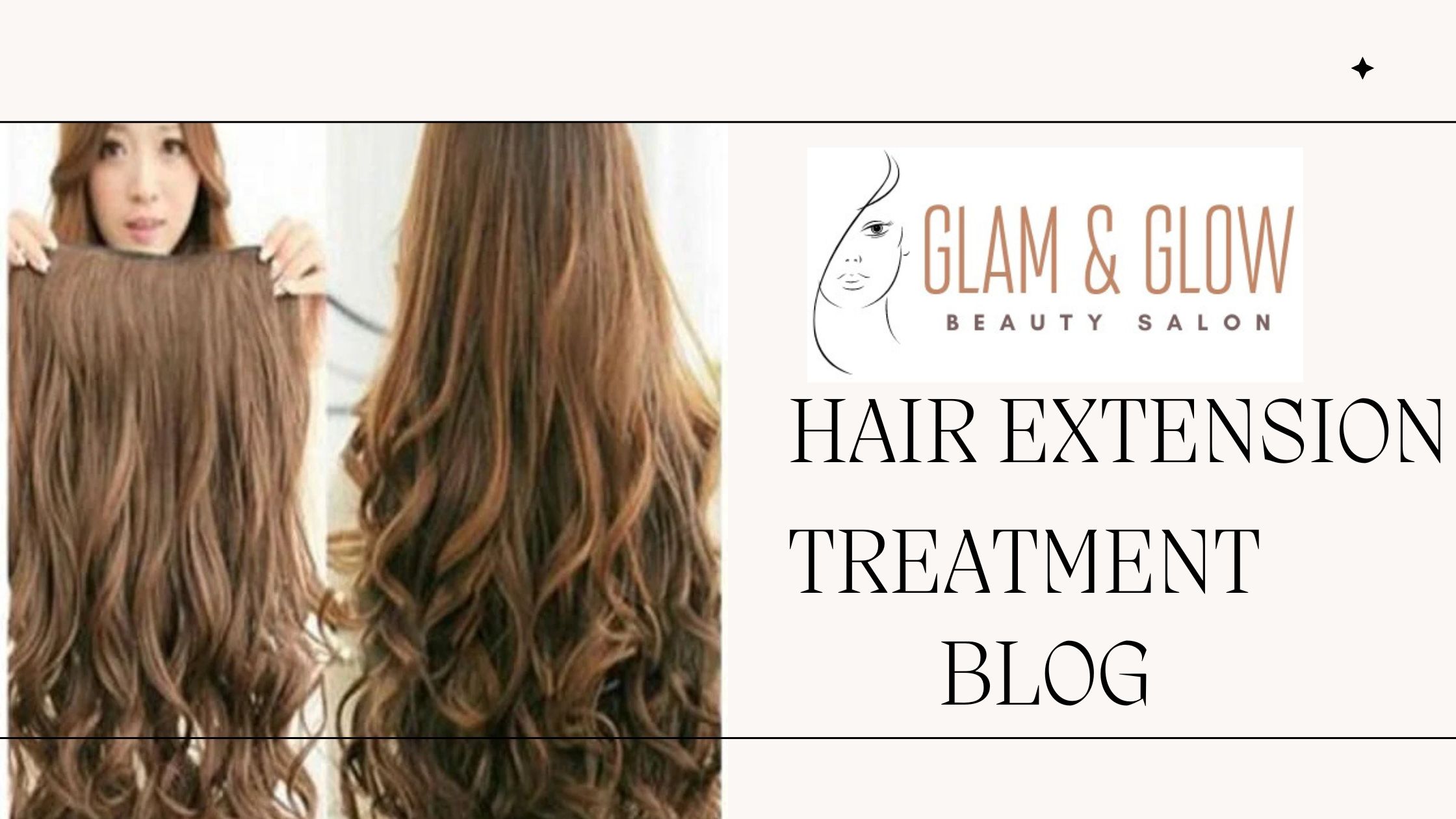Hair Extension Therapy: The Complete Manual for Gorgeous Locks

The way we view and style our hair has been completely transformed by hair extensions. The proper hair extension treatment can easily change your appearance by adding volume, vitality, and length. In this comprehensive guide, we will delve into the various types of hair extensions, the treatment processes involved, and essential care tips to maintain their luster and longevity.
Understanding Hair Extensions

Before diving into treatment specifics, it’s crucial to understand the different types of hair extensions available.Having this information will help you choose the best choice for your requirements.
Types of Hair Extensions
- Clip-In Extensions
These are adaptable and transient, enabling users to add length and bulk without committing to anything long-term. At home, clip-ins are simple to apply and take off. - Tape-In ExtensionsTape-ins, which use adhesive strips to adhere to your natural hair, are renowned for their flawless appearance. With the right maintenance, they provide a longer-lasting solution that lasts for several weeks.
- Micro-Link ExtensionsSmall beads that grab your natural hair are used to attach these extensions, which are also known as micro-bead extensions. Although they have a natural appearance, installation must be done by an expert.
- Keratin Bond Extensions
A keratin adhesive that melts when heated is used to adhere these extensions.They offer durability but necessitate professional application and removal. - Sew-In Extensions
Sew-ins, which entail braiding your natural hair and sewing the extensions into the braids, are frequently preferred by people with thicker hair. Although they need upkeep, they can endure for several weeks.
Choosing the Right Hair Extension Treatment
The type of extension selected affects the course of treatment. Understanding these treatments will help in making an informed decision.
Hair Extension Treatment Processes

Consultation and Customization
A consultation is necessary before beginning any hair extension therapy. This include determining your natural hair type, talking about your hair objectives, and choosing the right kind of extensions. For the extensions to look natural, customization is essential to ensuring they mix in perfectly with your hair.
Application Techniques
- Clip-In Application
- Make sure your natural hair is dry and clean before proceeding. Section your hair for easier application.
- Application: Beginning from the bottom and working your way up, clip the extensions into your natural hair. Make sure they are hidden and safe.
- Tape-In Application
- Prepare by dividing your hair into pieces and making sure it is devoid of any cosmetics or oils.
Application: Make sure the tape-in extensions are firmly affixed by sandwiching your natural hair between two of them.
- Prepare by dividing your hair into pieces and making sure it is devoid of any cosmetics or oils.
- Micro-Link Application
- Preparation: Section your hair and use a loop tool for installation.
- Application: Attach the extension to a segment of natural hair by sliding a micro-link bead onto it and using the bead to fasten it.
- Keratin Bond Application
- In order to prepare the extension, divide the hair into sections and apply the keratin adhesive.
Application: To secure the extension to your natural hair, melt the keratin with a heating tool.
- In order to prepare the extension, divide the hair into sections and apply the keratin adhesive.
- Sew-In Application
- Preparation: Braid your natural hair tightly in rows.
- Application: Use a needle and thread to sew the extensions onto the braids.
Post-Application Care
For your hair extensions to remain high-quality and long-lasting after installation, adequate maintenance is necessary.
Washing and Drying
- Washing: To avoid dehydrating the extensions, use shampoos and conditioners without sulfates. Gently wash your hair, focusing on the scalp and letting the water run down through the extensions.
- Drying: Pat dry with a microfiber towel.To keep the extensions from tangling, avoid stroking them.
Styling Tips
- Use heat protectants before styling with tools. Keep the heat settings lower than usual to protect both your natural hair and the extensions.
- Steer clear of thick styling products that can cause accumulation.
Maintenance Frequency
Regular maintenance is crucial for hair extensions. See your stylist for adjustments and check-ups every 6 to 8 weeks, depending on the type of extensions you have.
Common Issues and Solutions
Tangling and Shedding
Tangling can occur, particularly with longer extensions. To combat this:
- Use a wide-tooth comb or a specialized extension brush to detangle gently.
- Apply leave-in conditioner to reduce friction.
Shedding is normal, especially with clip-ins. However, if you notice excessive shedding, consult your stylist.
Color Maintenance
When using extensions, use caution if you dye your natural hair. Color-treated extensions require special care.For dye jobs, always use color-matching extensions and seek professional advice.
Conclusion: Embrace Your New Look with Confidence
Purchasing hair extensions can greatly improve your appearance and self-esteem. By understanding the various types, treatment processes, and maintenance tips outlined in this guide, you can enjoy stunning, luscious locks for an extended period. Keep in mind that the secret to success is taking good care of your hair extensions on a regular basis to keep them looking gorgeous and lively.
You can more information, CONTACT US:
https://thedominatingai.com/contact-us/
You can find some hair extension product on the following link below:
https://www.amazon.com/Hair-Extensions/b?ie=UTF8&node=702379011




